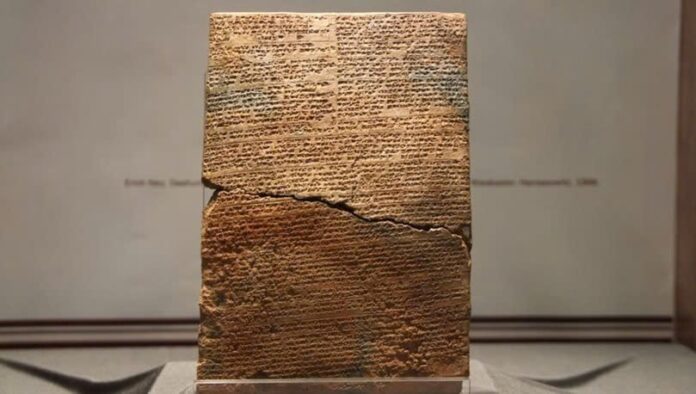Revolutionary Initiative Merges Archaeology with Technology
In a pioneering effort, researchers in Turkey have harnessed artificial intelligence to interpret 1,954 ancient Hittite tablets, representing a significant advancement in the field of archaeology. This initiative, titled “3D Scanning of Cuneiform Tablets in the Museum of Anatolian Civilizations and Reading Boğazköy Tablets with AI,” integrates state-of-the-art technology with historical artifacts to unveil the mysteries of the past.

During the project’s initial phase, an impressive translation success rate of 75.66% was achieved with 500 Hittite cuneiform tablets. The team employed high-resolution photography along with 3D scanning technology to obtain intricate images of the tablets from various museums across Turkey. This novel technique not only speeds up the translation process but also enhances accessibility for scholars globally.

Future Prospects and Ongoing Progress
Project leaders Özlem Sir Gavaz and Zeynel Karacagil underscore the distinctive nature of this project, pointing out its potential to transform the study of Hittitology. As the initiative advances, researchers aim to refine AI algorithms for greater precision and increase the number of tablets analyzed. Additionally, the establishment of a Hittite Digital Library is planned, which will provide public access to these priceless historical documents.

This collaborative venture, backed by Ankara University, the Ministry of Culture and Tourism, and various cultural organizations, not only highlights Turkey’s technological prowess but also opens doors for similar applications in different archaeological domains. As the project progresses, it holds the promise of illuminating ancient civilizations and reshaping the convergence of technology and historical research.


